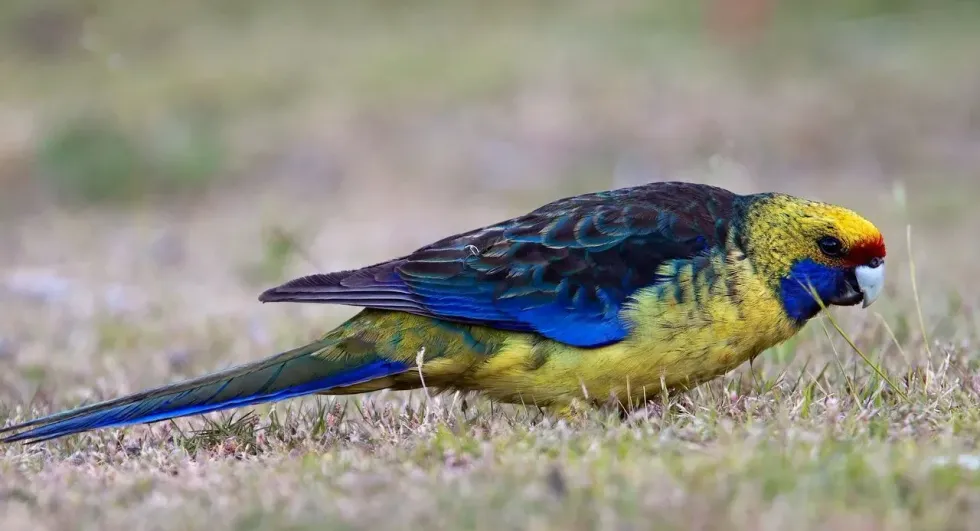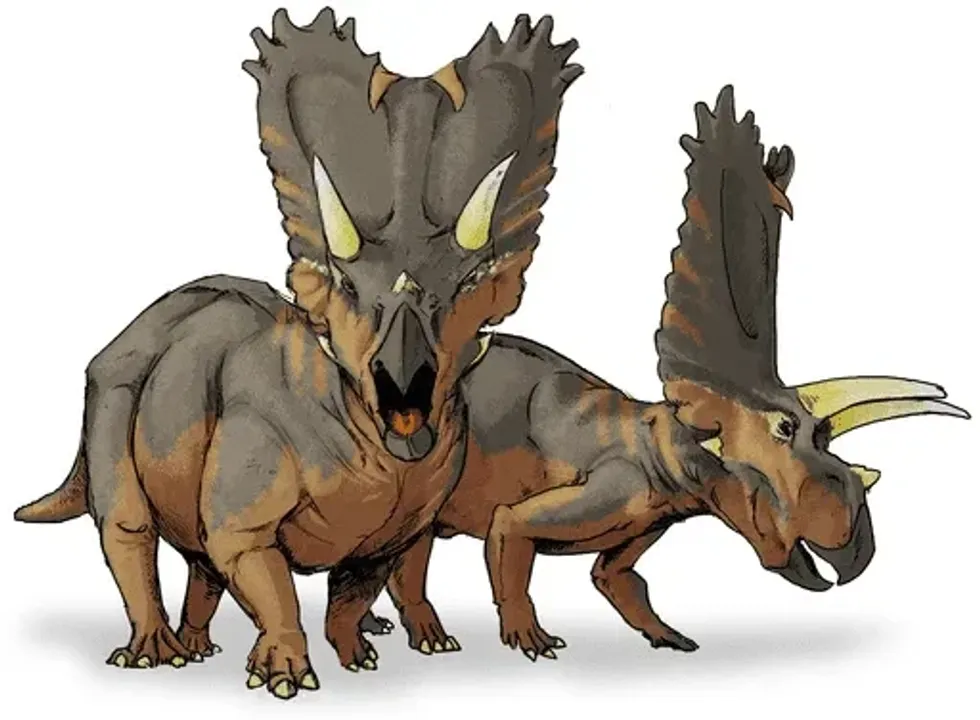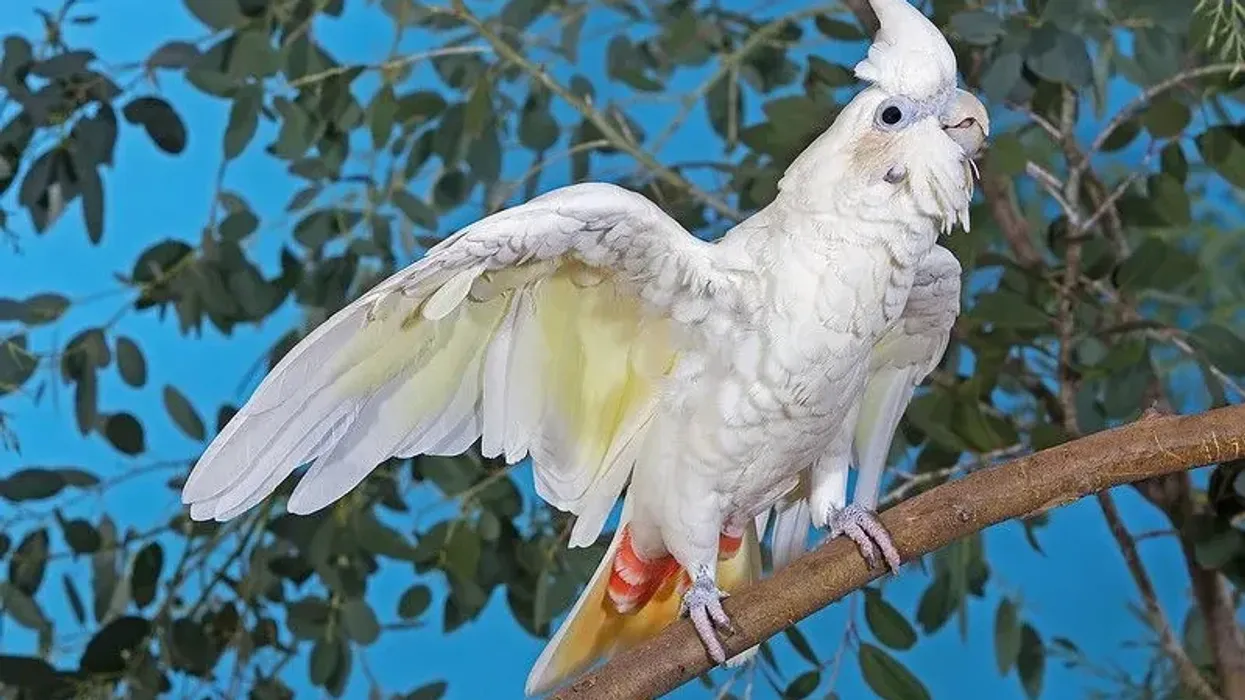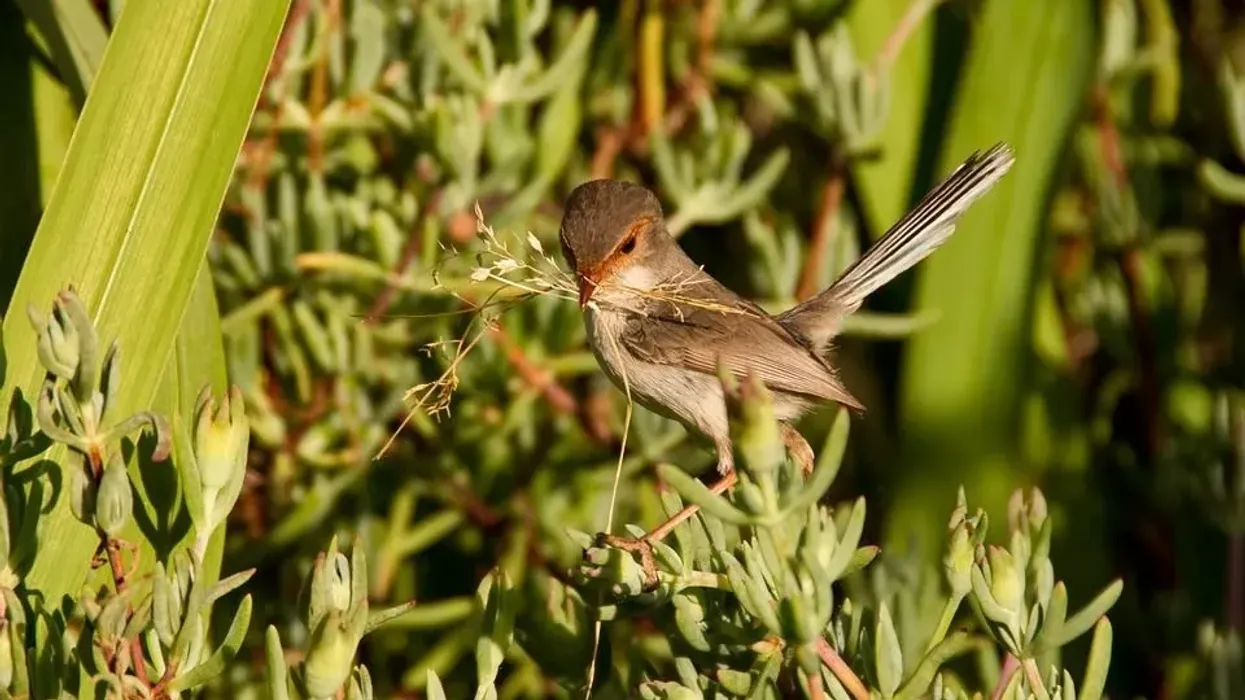Even though they look like parrots, these birds are rosellas! The green rosella (Platycercus caledonicus) is the largest rosella in the world and is characterized by features such as a green and black body, yellow head, long tail, yellow breast, and blue cheeks.
These medium sized birds of the genus Platycercus are very fond of seeds and fruits which are their choice of food whether in the wild or in captivity.
These birds are endemic to Tasmania and the Bass Strait Islands, while you might have to search a little hard to find one on King Island. These Australian dwellers of trees are mostly a solitary species, while they sometimes live in their mated pairs.
Similar species include the crimson rosella and eastern rosella. If you are considering green rosellas as an addition to your family, make sure to read ahead and find out the few pointers that you need to keep in mind!
If you would like to read about more bird species, check out the Hawaiian hawk and blackpoll warbler here at Kidadl!
Green Rosella Interesting Facts
What type of animal is a green rosella?
The green rosella (Platycercus caledonicus) or Tasmanian rosella is a parrot-like bird that is endemic to Tasmania and the Bass Strait Islands.
What class of animal does a green rosella belong to?
While in scientific terms, we classify these glorious birds as Aves, the more popular term for classification is birds.
How many green rosellas are there in the world?
It would be a very tough job to determine the exact number of green rosellas there are in the world since they are a species that is not endangered. Species like this one, whose conservation status is of Least Concern, generally have a population range that is too vast to be counted.
Where does a green rosella live?
Green rosellas find their natural habitat in dense forests and woodlands with large trees. They make their nests inside tree cavities and live there alone or with a mate.
Other than this, they are also widely accepted as a pet species, and you might just end up visiting a household where a green rosella bird welcomes you.
What is a green rosella's habitat?
The green rosella range map extends between Tasmania and the Bass Strait Islands, which is why it are also called the Tasmanian rosella. The temperature and climatic conditions of these places are best suited for this bird species. They are also a rare sight on King Island. Other than this, they are also a very popular pet in Australia.
Who do green rosellas live with?
Green rosellas are not much of a colonial species. This means that they can hardly ever be seen in large groups or families. They either lead solitary lives or live with their mates in the same tree cavity. This behavior is somewhat typical of the entire family of rosellas.
How long does a green rosella live?
The average lifespan of the green rosella in its wild habitat is around 15 years. However, in captivity and under the care of diligent pet parents, they can live as long as 20 years.
How do they reproduce?
The green rosella species is oviparous which means that breeding is carried out by laying eggs. The breeding season varies according to the place that the birds are in.
However, in the northern regions, the breeding season extends from September to January, and from February to June in the southern regions. There also are certain parts of the USA where these birds can breed throughout the year, but this usually starts from April.
The courting is initiated by a male green rosella as it sings mating calls which are then reciprocated by the female. Eggs are laid inside tree cavities and the female alone incubates the eggs. While the female is busy incubating the eggs, the male parent feeds her.
Once the eggs hatch, both parents feed the juvenile birds until they are ready to leave the nest and can search for food on their own.
What is their conservation status?
According to the IUCN, the conservation status of the green rosella (Platycercus caledonicus) is Least Concern. This means that the population of this bird species is not likely to see a dip in the near future, neither is their habitat under any threat of degradation . The largest rosella species will be around for a while.
Green Rosella Fun Facts
What do green rosellas look like?
The adult green rosella is characterized by its dark green plumage, speckled with certain yellow feathers. It has a yellow head and it is also yellow-breasted which gives it the name yellow-bellied rosella. There is a red band right above the bill, giving it the most distinctive look.
The green and black plumage stands out in contrast to the red band and blue cheeks, making this bird one of the most beautiful creatures.
How cute are they?
One look at these beautiful creatures and you will have no doubts that they are unimaginably cute, even though green rosella bird pictures hardly do justice to how pretty they actually are.
Their blue cheeks find continuity in the blue feathers that are scattered in the plumage, and the yellow bellies are the perfect contrast to their dark green body.
How do they communicate?
Like other bird species,Tasmanian green rosella birds have their own unique call. It is rather sweet most of the time when they are alone or in a pair, however, they sometimes get extremely noisy.
How big is a green rosella?
The adult green rosella is about 14.4-14.5 in (36-37 cm) long, including the beautiful green and black tail. For a better perspective, this bird is about four times the size of a lesser goldfinch and an average golden masked owl is only slightly smaller.
How fast can a green rosella fly?
There are records that tell us the flight speed of the green rosella bird species, but they mostly are speedy flyers!
How much does a green rosella weigh?
The average weight of the green rosella is around 4.2-5.3 oz (120-150 g). For a comparison, the red owl weighs more than twice this bird's average weight, and the Tasmanian rosella is about 40 times as heavy as a calliope hummingbird!
What are the male and female names of the species?
There are no green rosella male bird and green rosella female bird specific names. We call them a male green rosella and a female green rosella. The adult male green rosella is larger than the female.
What would you call a baby green rosella?
The juvenile green rosella has the same name as any other juvenile of the class Aves. A baby green rosella is called a chick or nestling.
What do they eat?
The diet of the green rosella or Tasmanian rosella consists mainly of fruits, flowers, and seeds such as sunflower seeds and safflower seeds. They also feed on seeds of grasses and munch on the occasional larvae, fruit nectar, insects, or small worms.
Their seed-based diet can sometimes trigger this medium-sized bird's tendency to put on weight, so pet parents are advised to manage the diet carefully.
Are they poisonous?
There are no incidents that suggest these birds are poisonous in any way. If given a proper fruit and seed diet, these Australian birds are pretty peaceful.
Would they make a good pet?
These natives of Tasmania are recognized as pets all over their habitat range and beyond. These birds are such a popular choice of pets due to their dark green and yellow plumage, beautiful tail, a simple diet that consists of fruits, flowers and seeds, and their amiable nature.
The breeding of these parrot-like birds is also fairly simple, and although their natural habitat consists of shrubs and trees, they can adjust just as well to a domestic setting.
If you want to have a feather friend and are thinking of getting rosellas, consider this Tasmania variant or the other similar species such as the crimson rosella or eastern rosella.
Did you know...
The female green rosella alone incubates her eggs.
They are also known as the mountain parrot, green parrot, yellow-bellied parakeet, or the Tasmanian rosella.
The Tasmanian rosella is the largest rosella in the world and mostly feeds on fruits, flowers, and seeds such as sunflower seeds and safflower seeds.
While most areas in Tasmania have considered the conservation status of these birds to be of Least Concern. However, on King Island the green rosella is considered an Endangered species due to fewer sightings.
The rosellas, like the eastern rosellas, are known to cause damage to local New Zealand fruit trees and grains. Because of this, they are considered small pests, but the damage is not extensive.
What is unique about rosellas?
Green rosellas have the unique tendency to put on weight very quickly, and so, pet parents are advised to administer seeds carefully. Rosellas, unlike parrots, cannot mimic human speech, although, they might copy some melodies.
What food attracts rosellas?
Interestingly, they are attracted to the scent of sweet-smelling fruits and flowers.
Here at Kidadl, we have carefully created lots of interesting family-friendly animal facts for everyone to discover! Learn more about some other birds from our whiskered treeswift facts and red-backed shrike facts pages.
You can even occupy yourself at home by coloring in one of our free printable Green rosella coloring pages.










